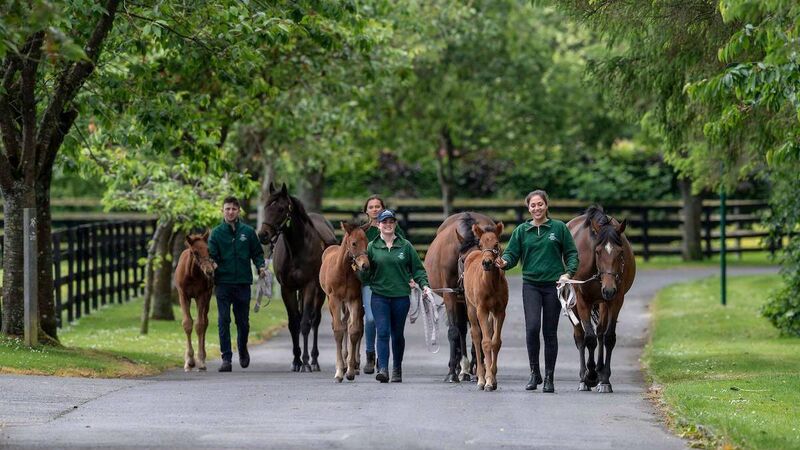Bloodlines run deep in thriving US-Irish thoroughbred relationship

Mares and foals are led out to their paddocks by staff and students at the Irish National Stud in Co Kildare. More and more trainers in America are attending Irish sales. The Orby sale (Goffs, October 2024) had about 60 individual American buyers.
“The thoroughbred exists,” observed Frederico Tesio many years ago, “because its selection has depended, not on experts, technicians, or zoologists, but on a piece of wood; the winning post of the Epsom Derby.”
The esteemed Italian breeder knew what he was talking about. Tesio was one of the most innovative equine thinkers of the last century and produced a host of champion racehorses and stallions, including Nearco whose grandson Northern Dancer, became a pivotal influence in the emergence of Ireland as a preeminent player in the global bloodstock arena when the great Vincent O’Brien recognised his potential as a sire and more importantly, a ‘sire of sires’. O’Brien’s foresight paved the road on which the Coolmore Stud empire still travels and, unwittingly, made Charles O’Neill’s challenging job just a tiny bit easier.









